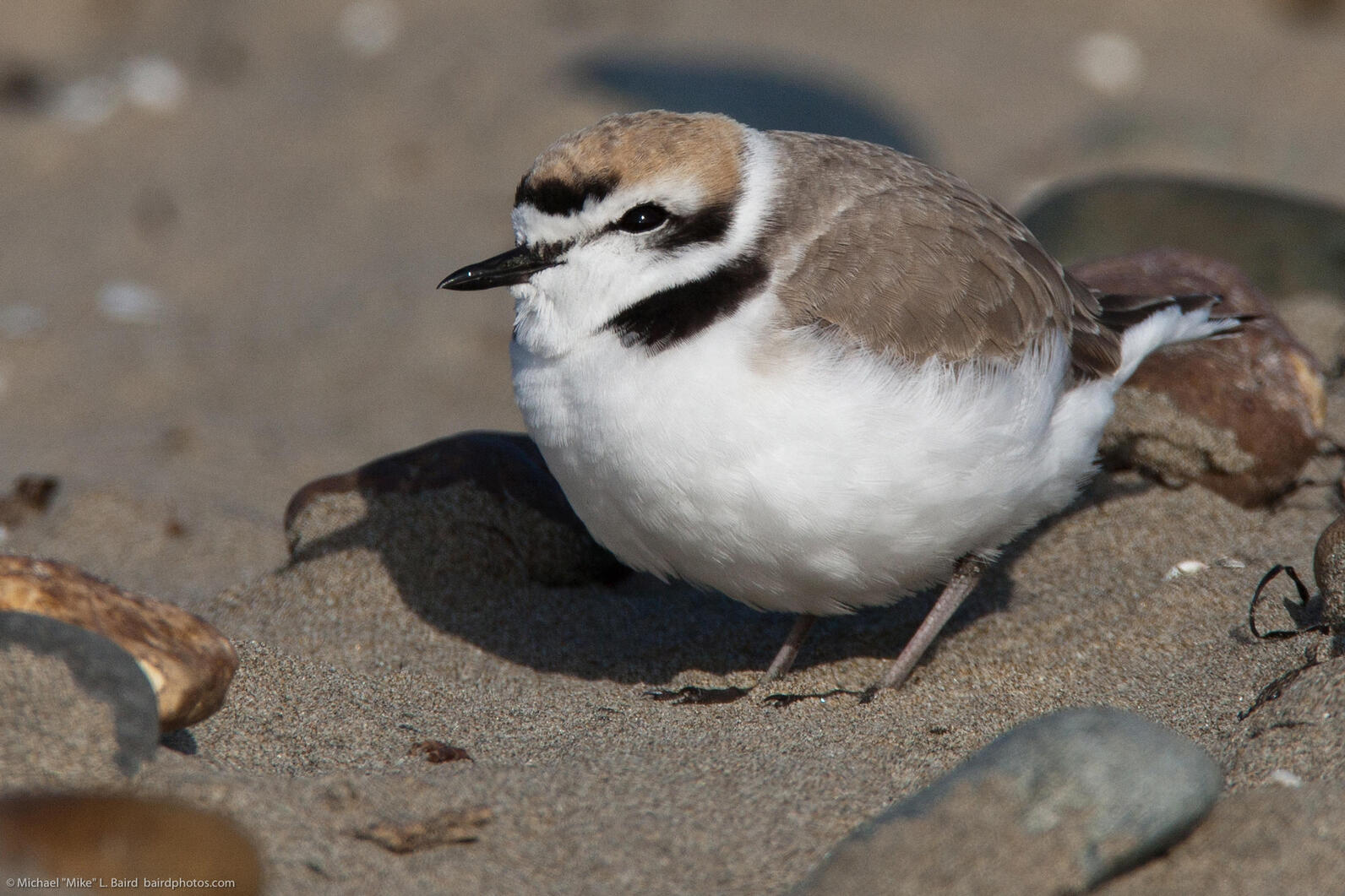Read our articles!
Volunteer on Aramburu Island During a Restoration Workday
Below you'll find some of our most recent articles. Subscribe to our newsletter for our latest stories!

Every year on the third Friday of May, the nation celebrates Endangered Species Day. This day is an opportunity to learn about the importance of protecting threatened and endangered species and their habitats. Here in the California Bay Area, a lucky birder has the chance to see the threatened Western Snowy Plover- a subspecies of the Snowy Plover found along the Pacific coast from Washington to Baja California. The population distinguishes itself by nesting adjacent to tidal waters of the Pacific Ocean where other Snowy Plovers nest further inland and migrate to coastal areas during winter months. This small shorebird is about 6 inches long with a short neck and moderately long, dark legs. A thin, dark bill is used to catch tiny crustaceans, mollusks, and marine worms along the shore. This plover has a pale brown back and head with a white belly, chest, neck stripe, forehead, and eyebrow line. Breeding adults have dark patches on the shoulders, behind the eyes, and above the white patch on the forehead. In sparsely vegetated areas above the high tide line, females will lay 3 eggs in a shallow depression in the sand after which they share incubation duties with males. As soon as her eggs hatch, a female leaves to renest with another male if possible. Just hours after hatching, chicks are up and out of the nest searching for food! Males will care for their chicks by leading them to feeding areas rather than bringing them food directly. Catching a glimpse of a Western Snowy Plover can be difficult, especially when human activities such as walking, jogging, off leash pets, horseback riding, and vehicle use on beaches, particularly during the nesting season (March – September), are key factors in the plover’s decline. Click here to learn more about Western Snowy Plover and what you can do to help its recovery!
Help us engage future conservation leaders! When you sponsor a youth leader, you help the birds.
Begin your volunteer journey today by finding the perfect fit for your talents.
Our bi-monthly e-newsletter is filled with incredible updates about our work.